Jonathan Tuckey transforms London mews house into private art gallery
Jonathan Tuckey Design has transformed a mews house in London's Paddington into a striking, private art space with a spiralling vertical gallery that nods to the Pantheon
James Brittain - Photography
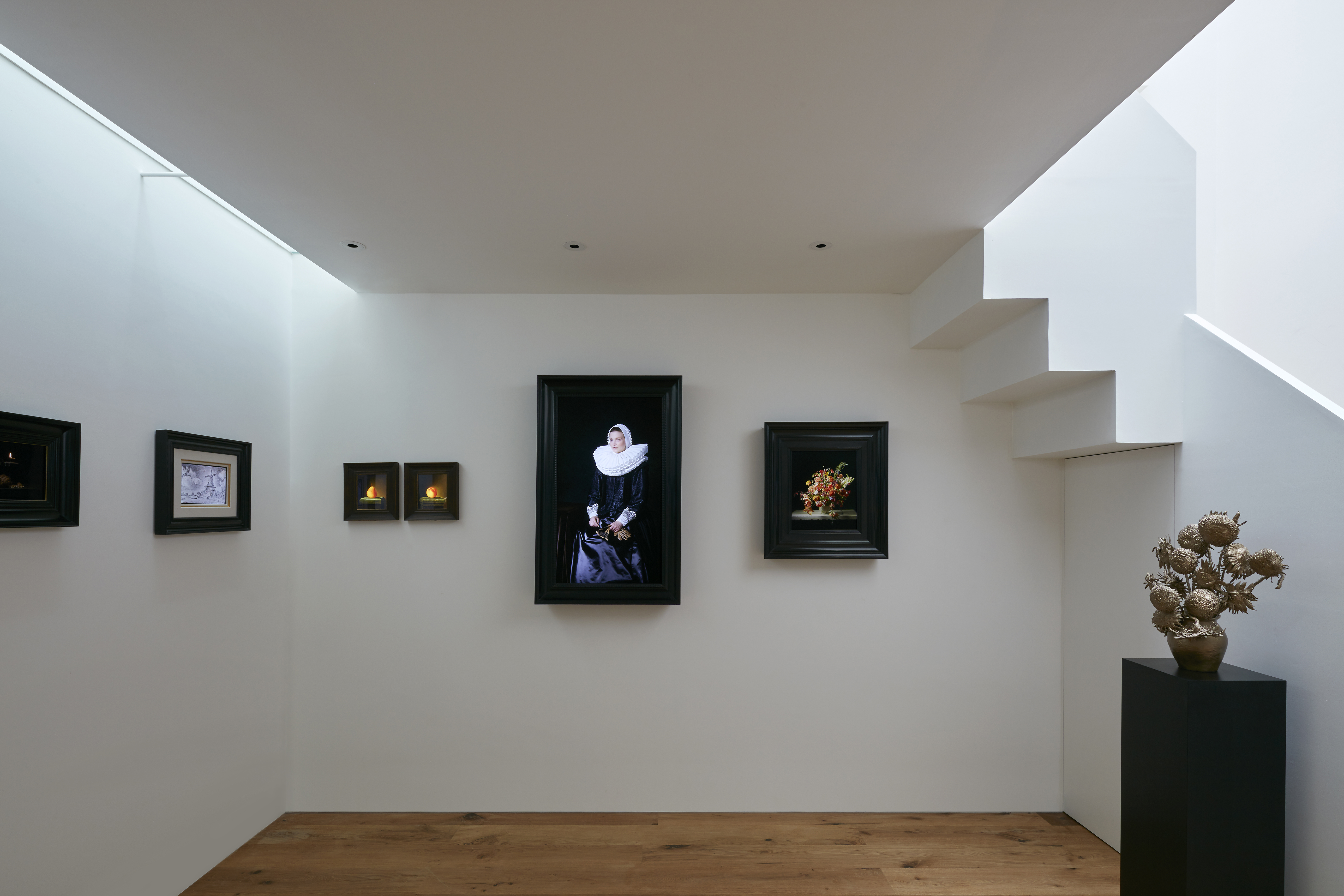
This radical reworking of the traditional London mews house transforms the interior into a spiralling vertical gallery. Created by Jonathan Tuckey Design, the ‘Paddington Pantheon’ is tightly nestled into its urban context. These low-lying back streets originally provided service spaces to the adjacent terraced mansions but have gradually risen up through the residential rankings to become prime spots in their own right.
This particular house is owned by the artists Rob and Nick Carter, a couple whose shared artistic journey takes in photography, sculpture, installation and carefully manipulated animations. The brief was to provide private exhibition spaces and open up the interior, adding plenty of flexibility for curating as well as living. Tuckey draws a parallel between earlier, historical ‘houses for artists,’ especially in the ways in which life and work become intertwined in a physical space.
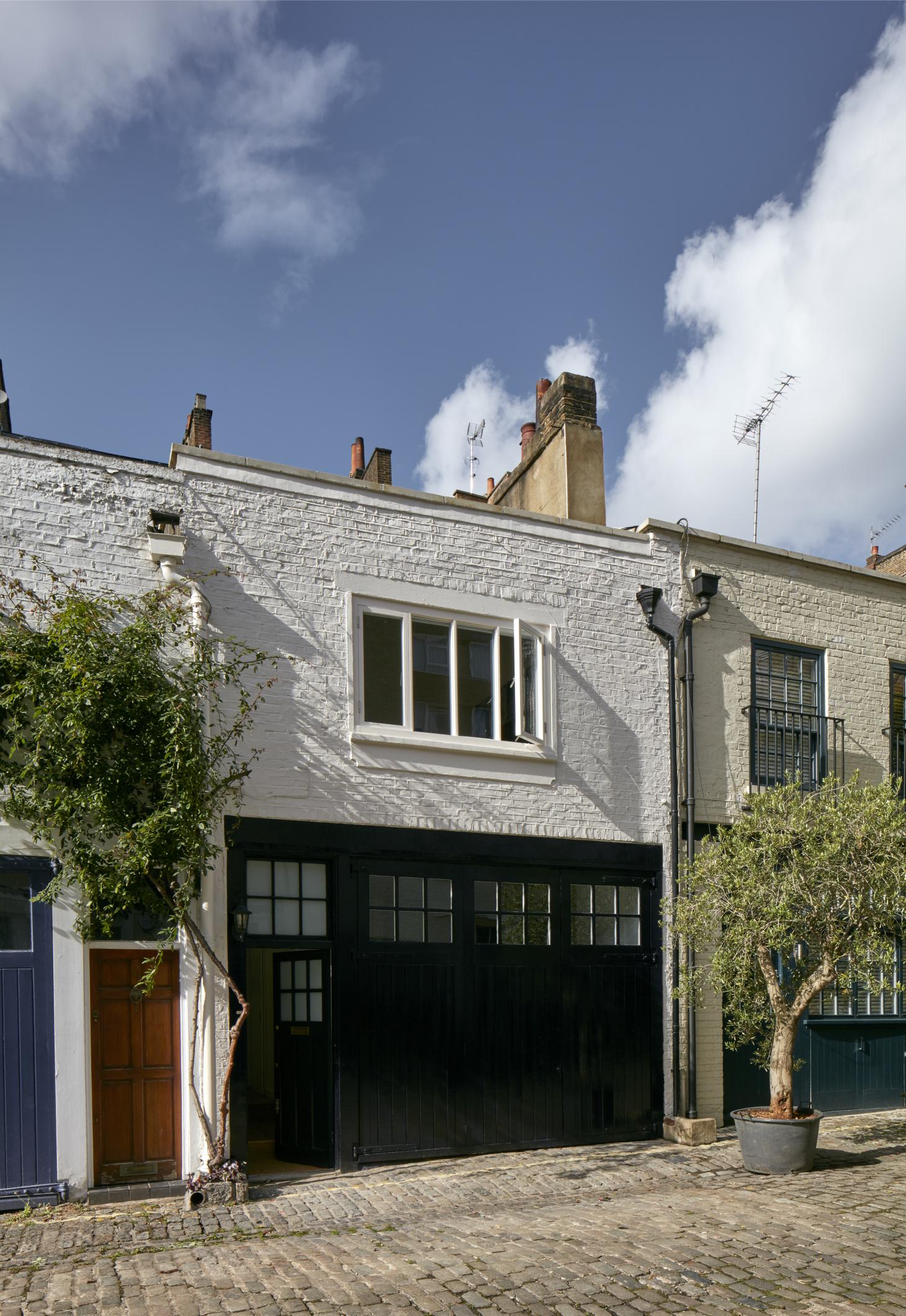
The Paddington project places a greater emphasis on display, rather than practice, and Tuckey references the early wunderkammer, or cabinet or chamber of curiosity created by aesthetes and intellectuals from the seventeenth century onwards. Comprising of an eclectic mix of art, anthropological specimens, and historical ephemera, the wunkerkammer concept remains an intriguing symbol of diverse interests and approaches.
RELATED STORY
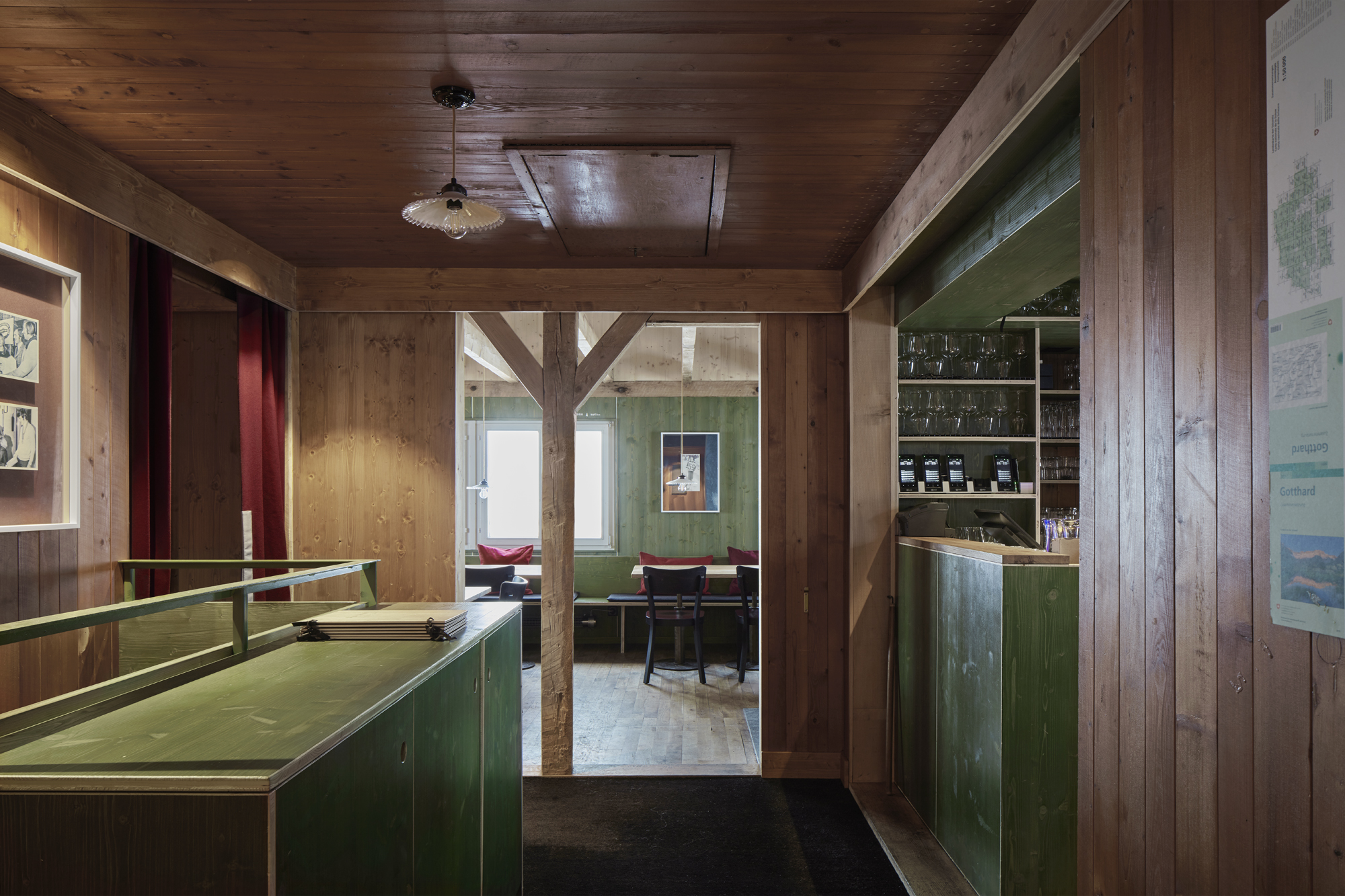
The Carters’ project also makes a nod to the Greco-Roman forerunner of the modern picture gallery, the Pinacotheca, as well as the mighty Pantheon in Rome, with its dome punctured by a single circular oculus. As the project’s name suggests, a skylight is also a key focus, and the angles and facets of the original roof have been subsumed by meticulously rendered angled white walls that are topped by a vast piece of angled frameless glass.
From the start of the process, the ambition was to create a building that was best suited to view Rob and Nick Carter’s work, with backlit and screen-based works on display on the lower levels and photographic prints on the upper level. A staircase winds up the newly created double height space, emphasising the scale.
While the structural interventions are dramatic, the material palette is low key, with existing wooden and stone floors retained and simple white painted walls used throughout. Appearing modest and unassuming from the cobbled mews, this contemporary cabinet of wonders must be opened to be experienced.
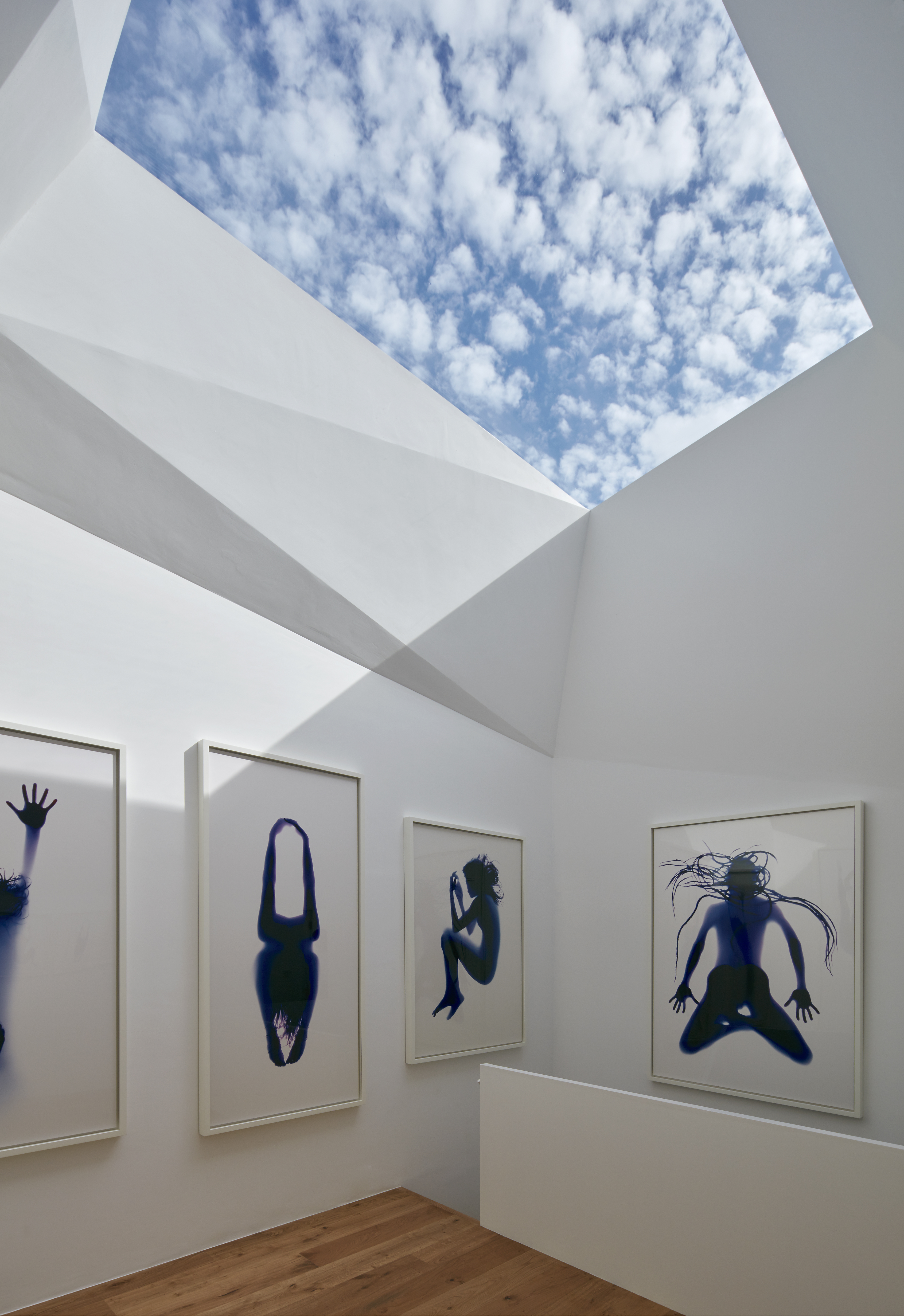
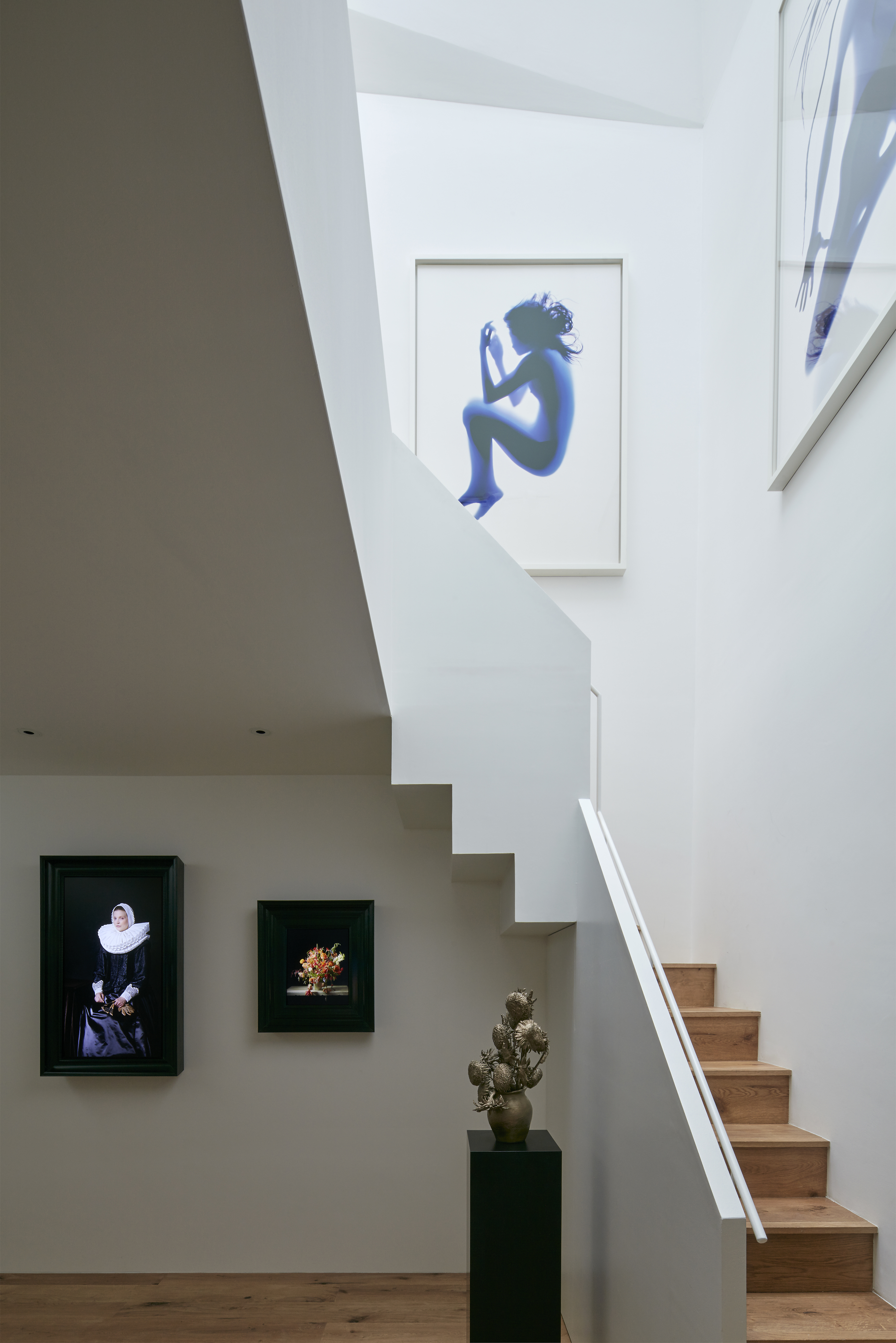
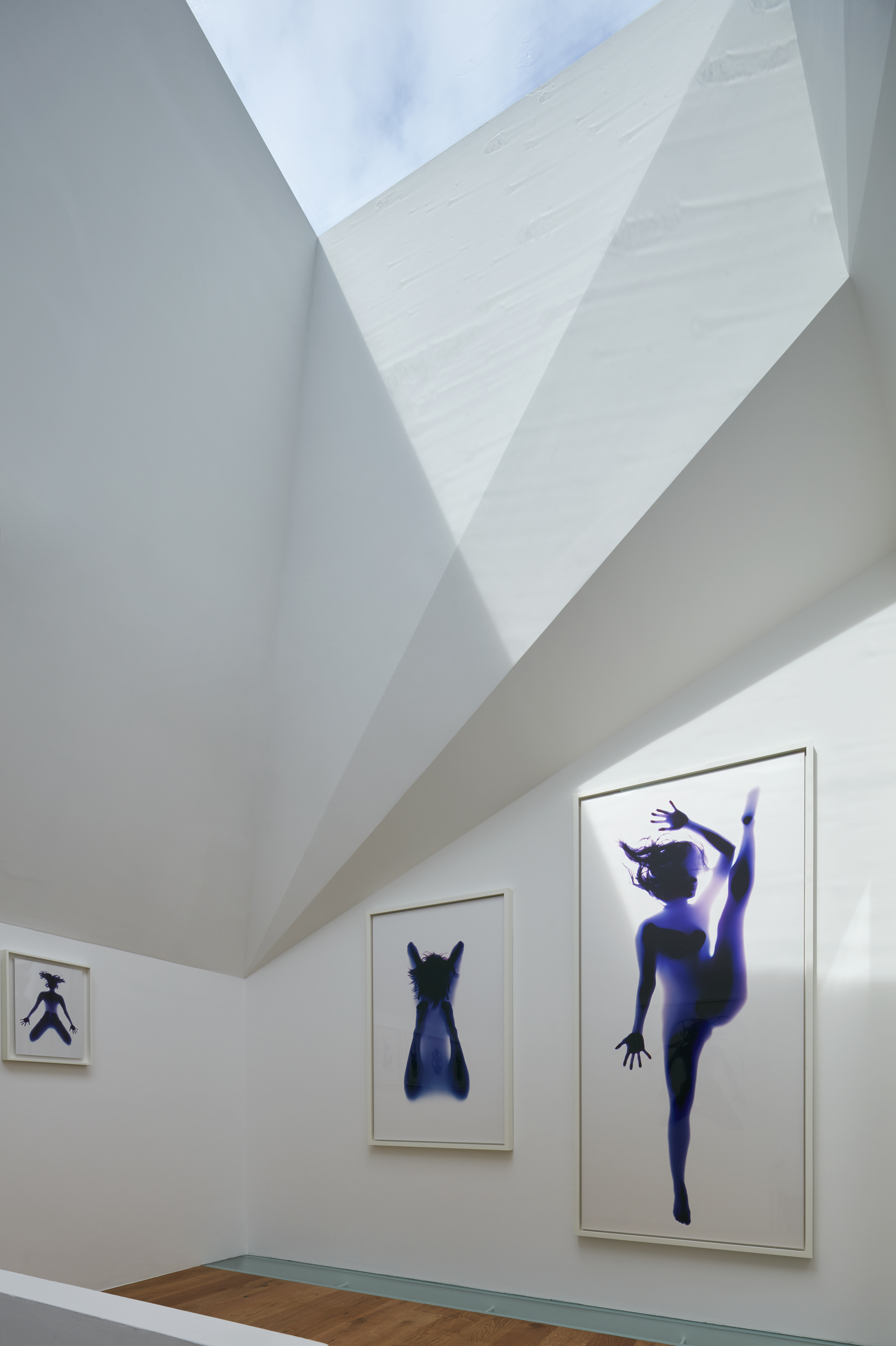
INFORMATION
Receive our daily digest of inspiration, escapism and design stories from around the world direct to your inbox.
Jonathan Bell has written for Wallpaper* magazine since 1999, covering everything from architecture and transport design to books, tech and graphic design. He is now the magazine’s Transport and Technology Editor. Jonathan has written and edited 15 books, including Concept Car Design, 21st Century House, and The New Modern House. He is also the host of Wallpaper’s first podcast.
-
 The Bombardier Global 8000 flies faster and higher to make the most of your time in the air
The Bombardier Global 8000 flies faster and higher to make the most of your time in the airA wellness machine with wings: Bombardier’s new Global 8000 isn’t quite a spa in the sky, but the Canadian manufacturer reckons its flagship business jet will give your health a boost
-
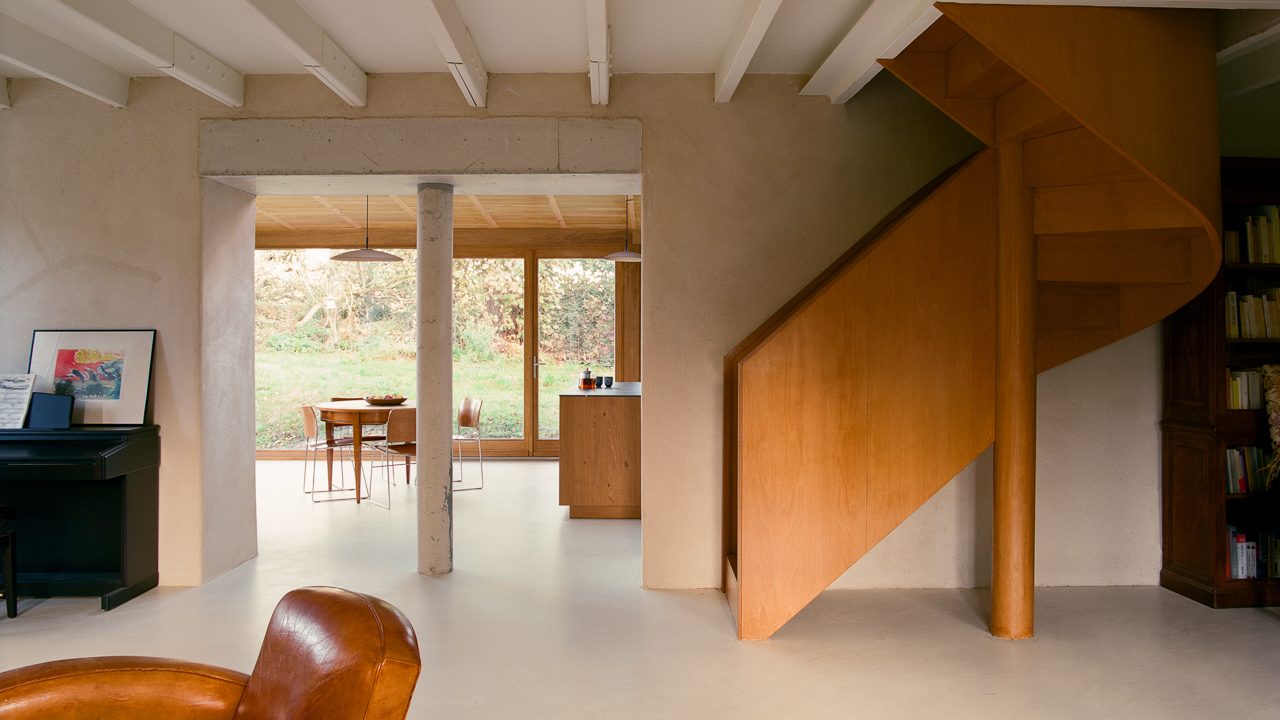 A former fisherman’s cottage in Brittany is transformed by a new timber extension
A former fisherman’s cottage in Brittany is transformed by a new timber extensionParis-based architects A-platz have woven new elements into the stone fabric of this traditional Breton cottage
-
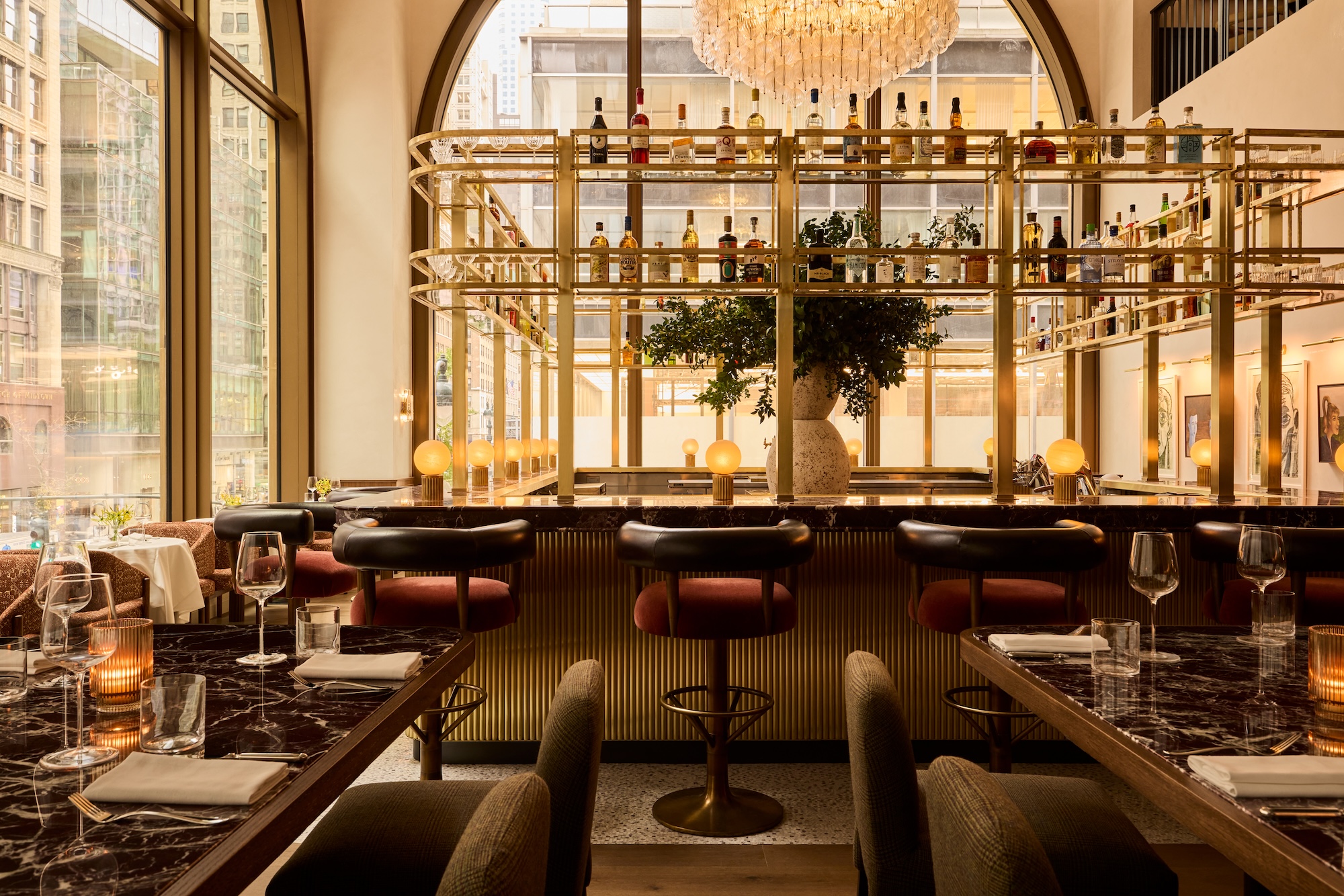 New York's members-only boom shows no sign of stopping – and it's about to get even more niche
New York's members-only boom shows no sign of stopping – and it's about to get even more nicheFrom bathing clubs to listening bars, gatekeeping is back in a big way. Here's what's driving the wave of exclusivity
-
 Arbour House is a north London home that lies low but punches high
Arbour House is a north London home that lies low but punches highArbour House by Andrei Saltykov is a low-lying Crouch End home with a striking roof structure that sets it apart
-
 A former agricultural building is transformed into a minimal rural home by Bindloss Dawes
A former agricultural building is transformed into a minimal rural home by Bindloss DawesZero-carbon design meets adaptive re-use in the Tractor Shed, a stripped-back house in a country village by Somerset architects Bindloss Dawes
-
 RIBA House of the Year 2025 is a ‘rare mixture of sensitivity and boldness’
RIBA House of the Year 2025 is a ‘rare mixture of sensitivity and boldness’Topping the list of seven shortlisted homes, Izat Arundell’s Hebridean self-build – named Caochan na Creige – is announced as the RIBA House of the Year 2025
-
 In addition to brutalist buildings, Alison Smithson designed some of the most creative Christmas cards we've seen
In addition to brutalist buildings, Alison Smithson designed some of the most creative Christmas cards we've seenThe architect’s collection of season’s greetings is on show at the Roca London Gallery, just in time for the holidays
-
 In South Wales, a remote coastal farmhouse flaunts its modern revamp, primed for hosting
In South Wales, a remote coastal farmhouse flaunts its modern revamp, primed for hostingA farmhouse perched on the Gower Peninsula, Delfyd Farm reveals its ground-floor refresh by architecture studio Rural Office, which created a cosy home with breathtaking views
-
 A revived public space in Aberdeen is named Scotland’s building of the year
A revived public space in Aberdeen is named Scotland’s building of the yearAberdeen's Union Terrace Gardens by Stallan-Brand Architecture + Design and LDA Design wins the 2025 Andrew Doolan Best Building in Scotland Award
-
 The Architecture Edit: Wallpaper’s houses of the month
The Architecture Edit: Wallpaper’s houses of the monthFrom wineries-turned-music studios to fire-resistant holiday homes, these are the properties that have most impressed the Wallpaper* editors this month
-
 A refreshed 1950s apartment in East London allows for moments of discovery
A refreshed 1950s apartment in East London allows for moments of discoveryWith this 1950s apartment redesign, London-based architects Studio Naama wanted to create a residence which reflects the fun and individual nature of the clients